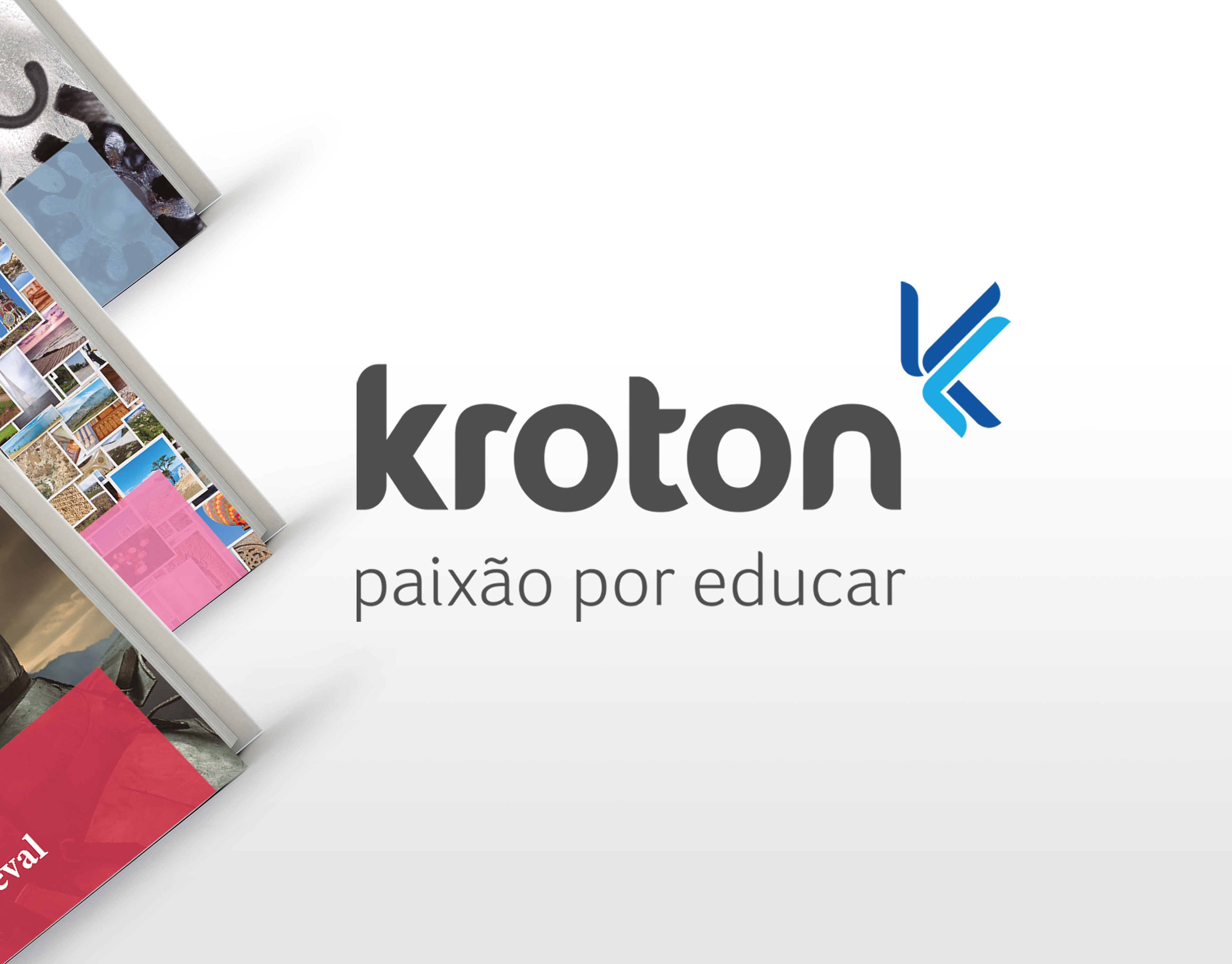My Role
• User Research
• Benchmark
• Prototyping
• Usability Testing
• Benchmark
• Prototyping
• Usability Testing
Results
• 30% faster registration time via app
• Increase in monthly active users (MAUs): +15% in the three months following launch.
• Based on internal help desk logs, there were 25% fewer support requests for driver registration after launch.
• Shared database integration with Votorantim
• Full compliance with transport regulations
• Increase in monthly active users (MAUs): +15% in the three months following launch.
• Based on internal help desk logs, there were 25% fewer support requests for driver registration after launch.
• Shared database integration with Votorantim
• Full compliance with transport regulations
Intro
Motz Transportes, a spin-off of Votorantim Cimentos founded in 2020, is digitizing the freight market for truckers across Brazil. The company currently works with approximately 40,000 partner truckers, operationalizing Votorantim's on-demand offerings and other embeddings.
The Problem
Motz was presented with a challenge: they had initially adopted Votorantim's registration system, which was lengthy and confusing, and involved unnecessary steps.
Many drivers were unable to complete it without assistance. Some gave up midway through, while others bombarded the support team.
Many drivers were unable to complete it without assistance. Some gave up midway through, while others bombarded the support team.
The sign-up flow of Votorantim that was previously shared by Motz.
The Goal
The objective is to create a simple and intuitive sign-up process for truck drivers, streamline the interface design and optimise the sign-up process to ultimately increase efficiency and user satisfaction on the Motz platform.
Job to be Done
Situation: I am registering to transport cargo with Motz.
Motivation: I want the process to be quick and easy.
Expected outcome: so that I can start accepting cargo without needing help from technical support or experiencing delays.
Understanding the driver sign-up process
The initiative aims to delve into the systems used by Votorantim to improve the sign-up experience for drivers. We took a close look at KMM's TMS (Transport Management System), the company's SAP, as well as ANTT's registration procedures, vehicle specifications, and regulatory requirements.
Discovery & Benchmark
We interviewed 13 stakeholders, including Motz employees who support drivers and partners from KMM and SAP.
13 interviewees. 4 days. + 259 minutes of Recording. 30 minutes per section on average.
We also analyzed 5 competitors' platforms, examining registration flows, the use of OCR, the document upload experience and how they handled complex registration logic.
Benchmark
Main Objectives:
1. Find best methods:
• Look at how five competitors recruit drivers. Identify their strengths and weaknesses.
• Understand why their methods work well for users.
• Understand why their methods work well for users.
2. Improve the Motz sign-up process:
• Use what we learn from the competition to make signing up with Motz easier.
• Ensure that the new process works for both Motz and its main partner, Votorantim.
• Ensure that the new process works for both Motz and its main partner, Votorantim.
3. Make it easier for users:
• Make the sign-up process simpler and easier for truckers.
• Make users happier by reducing the time and effort required to sign up.
• Make users happier by reducing the time and effort required to sign up.
Secondary objectives:
1. Data Synchronization:
Explore ways to integrate and synchronize Motz's database with Votorantim's system to eliminate data duplication and ensure consistency.
Explore ways to integrate and synchronize Motz's database with Votorantim's system to eliminate data duplication and ensure consistency.
2. Research Specific Features:
• Take a look at OCR for document upload, saving progress, step-by-step registration, and quick document approval.
• Check how these features compare to the competition to find ways to make the Motz system better.
Not the objective of this analysis:
1. Evaluate other business processes:
This analysis is not intended to evaluate competitors' overall business strategies or operational processes beyond the driver sign-up process.
2. Evaluation of Non-Driver Characteristics:
The focus is solely on the driver and vehicle registration processes and does not extend to other features or functionalities of competitors' platforms.
This analysis is not intended to evaluate competitors' overall business strategies or operational processes beyond the driver sign-up process.
2. Evaluation of Non-Driver Characteristics:
The focus is solely on the driver and vehicle registration processes and does not extend to other features or functionalities of competitors' platforms.
Comparing companies
Strategic Design Decisions
Based on the analysis of our interviews, the following points have been identified as areas for improvement in the driver and vehicle sign-up process.
Pre-fill data using bureau integration
We have integrated with a data bureau to automatically retrieve vehicle and driver data based on the licence plate.
This eliminates the need for drivers to manually enter information such as RENAVAM or vehicle specifications, reducing errors and speeding up the onboarding process. It also eliminates the need for operators using the portal to type the same information repeatedly.
This eliminates the need for drivers to manually enter information such as RENAVAM or vehicle specifications, reducing errors and speeding up the onboarding process. It also eliminates the need for operators using the portal to type the same information repeatedly.
Automated data retrieval via CNH and OCR
To reduce friction and avoid repetitive data entry, we employed two strategies.
First, when a driver entered their CNH, our system checked the Votorantim database to see if they already had a profile. If so, we auto-filled key fields, reducing duplication and synchronising both platforms.
Secondly, we implemented OCR (optical character recognition) to extract information from physical documents such as CNHs, CRLVs and ANTTs. Drivers could scan their documents using their phone camera and the app would fill in the data automatically.
Drivers could then review and edit the fields if the OCR had returned incorrect data.
Together, these two strategies streamlined the experience and significantly reduced support requests related to document entry.
Together, these two strategies streamlined the experience and significantly reduced support requests related to document entry.
Clearer language and more contextual instructions
During the discovery process, we found that many drivers were unaware of the purpose of certain fields or documents, particularly in relation to older vehicles or regional terminology.
We reviewed and rewrote all text elements, including labels, descriptions and error messages, using plain, direct language and providing examples and tips.
This significantly improved task completion rates in usability testing.
Progressive and continuous onboarding
We have moved away from a rigid, single-session approach to a more fluid, staged onboarding process.
The new experience begins with the entry of basic information (e.g. name, CNH and password) and gradually expands as the driver interacts with the app, making the process feel lighter and more guided.
Beyond initial registration, we also considered how to keep driver data up to date without causing any future issues.
We introduced proactive document management through:
We introduced proactive document management through:
• Receive push notifications with reminders for expiring documents.
• Bottom sheet alerts at critical journey moments (e.g. before cargo pickup).
• A menu option for drivers to update documents at any time.
Autocomplete and OCR are also available in update flows.
This approach reduced operational downtime, improved compliance and reinforced driver autonomy.
Solutions
Integration with a data bureau
We have implemented integration with a data bureau that allows us to automatically retrieve the driver's information (when available) when the vehicle's license plate is entered. This functionality speeds up sign-up and reduces errors caused by manual data entry.
Interface displaying the automatic filling in of driver data. This happens after entering the vehicle license plate. It is integrated with a data bureau.
Automated document reading
We use OCR (optical character recognition) technology to read documents such as CNHs and CRLVs. This technology makes it easier to send and extract data, reducing the effort required from drivers during the registration process.
In addition, we have created an automated data update process wherever possible.
In addition, we have created an automated data update process wherever possible.
This is an example of automated optical character recognition (OCR) reading a driver's document, such as a CNH or CRLV, and extracting data such as the driver's name, licence number and validity directly from the image.
A new portal area for registration is now available
We have created a new area on the portal where company employees and authorized third parties can register drivers. This new feature offers the same level of automation and validation as the app, including OCR and an integrated data bureau. This makes the registration process fast, reliable and standardized.
Portal screens for registering drivers, with organized fields and integration with OCR and data bureau, for employees and authorized third parties.
Usability Testing Insights
In order to validate the improvements to the new sign-up process, we conducted usability tests in two distinct scenarios: directly with truck drivers via the app and with employees using the portal interface.
App Testing - Driver Perspective
The feature was tested with 5 drivers at a Votorantim unit.
All of the drivers successfully completed the required tasks without any assistance from outside sources. The scanning or uploading processes were considered straightforward and easy to follow. Although some drivers took longer than expected, this was not due to any usability issues. Rather, it was because they were multitasking by preparing paperwork for their trips during the session. Nevertheless, they still completed the process successfully.
All of the drivers successfully completed the required tasks without any assistance from outside sources. The scanning or uploading processes were considered straightforward and easy to follow. Although some drivers took longer than expected, this was not due to any usability issues. Rather, it was because they were multitasking by preparing paperwork for their trips during the session. Nevertheless, they still completed the process successfully.
Portal Testing - Employee Perspective
In the portal usability tests, entering a vehicle's licence plate to retrieve information from the data bureau caused some difficulty. Users were confused by the simultaneous availability of three options:
1. Inputting the license plate for an automatic bureau search;
2. Uploading a document for OCR processing, or
3. Manually filling in the data.
Observed issue:
Old flow – Where Users Faced Uncertainty
Some users started to enter their licence plate number, but then filled in the fields manually, unsure whether the automatic search would work. This created hesitation and redundancy.
Solution applied:
New Flow – Resolved Usability Issues
We have redesigned this step so that it is now a two-phase process.
1.The user enters the licence plate number. If data is found via the bureau, the system automatically fills in the relevant fields.
2. If no data is found, alternative options (OCR upload or manual entry) are offered instead.
This adjustment has clarified the process, reduced cognitive load, and eliminated user uncertainty at this stage.
Impact
• 30% reduction in registration time via app
• 25% fewer support tickets for driver registration.
• Drivers can now register independently, with no need for support contact.
• Increase in monthly active users (MAUs): +15% in the three months following launch.
• No more duplicated data between Motz and Votorantim



